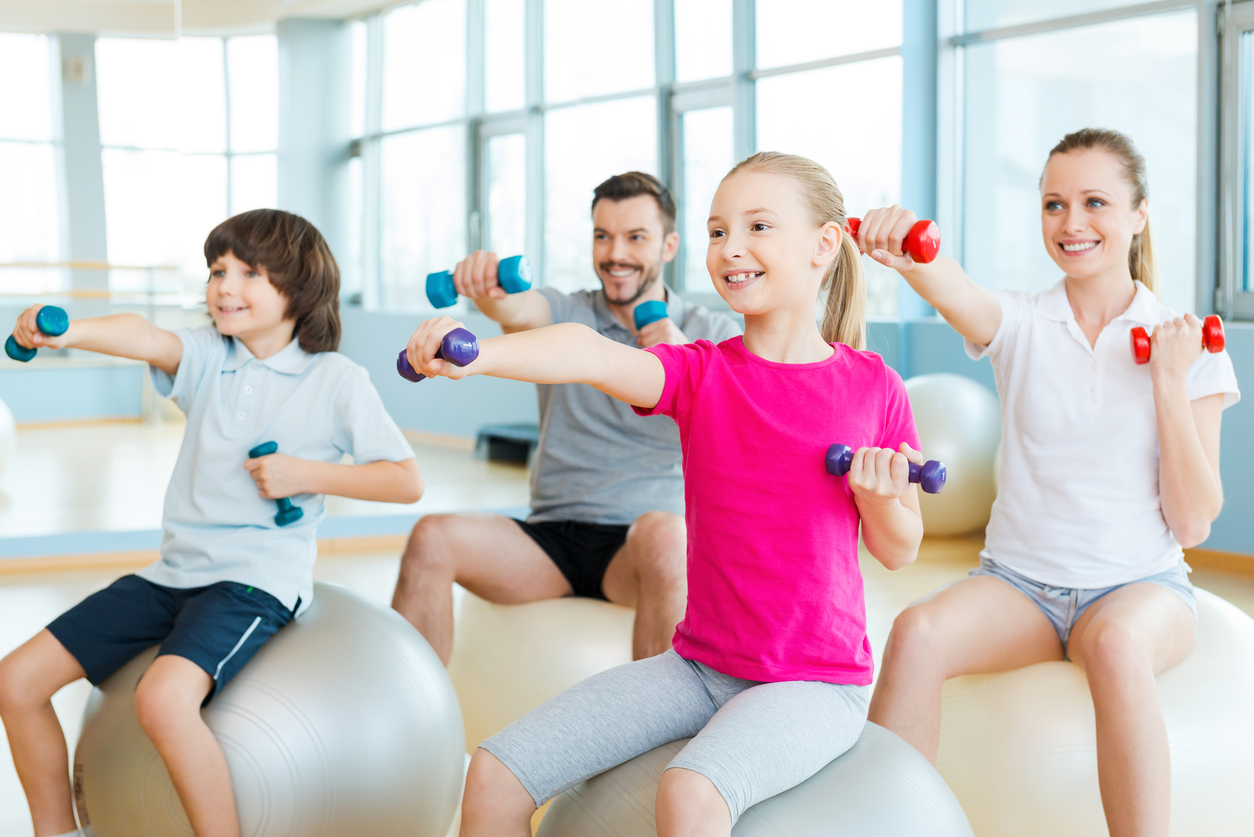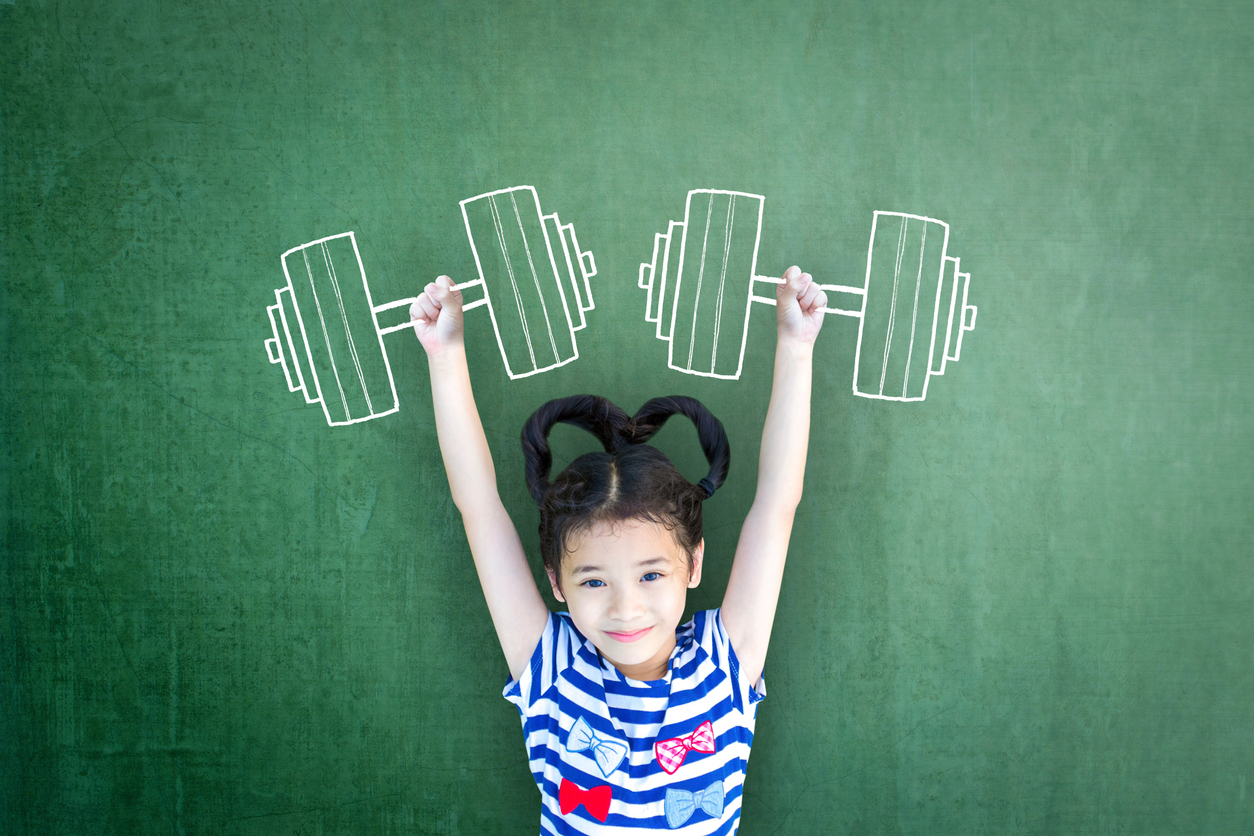Parents,
Are you willing to do one thing that could significantly improve your child’s future?
This one thing will:
*significantly reduce your child’s risk of chronic disease.
*give your child more confidence.
*reduce stress and anxiety in your home.
*improve sleep.
*improve cognitive abilities.
*improve your child’s social interactions.
The one thing that can do all these things and much more is daily physical education. Training your body how to move is critical to physical, mental, emotional, social, and financial well-being. The reality is the vast majority of children and adults are not getting enough daily physical activity. This is leading to dramatic increases in Type 2 Diabetes, Obesity, and other chronic diseases. United Healthcare predicts that if current trends continue over 50% of the population in the United States of America will be diabetic or pre-diabetic by the year 2020.
Did you know that if a person develops Type 2 Diabetes before the age of 30 the personal lifetime medical costs will be over $300,000? This is the out of pocket expense to treat just one chronic disease! People getting Type 2 Diabetes before age 30 will shorten their lifespan by 12-15 years and they will be in poor health the last 10 years of their life.
A daily physical education program lasting 20-30 minutes can decrease the risk of getting a chronic diseaseby half. Physical Education improves behavior, focus, intelligence, self-esteem, and health. Even though we know the many benefits of physical education the vast majority of children do not participate in daily physical education. Many adults have misconceptions about physical education from their experiences as children. This report will discuss several of these misconceptions and provide information on why physical education should be part of everyone’s daily routines.
Misconception #1
Youth Sports are Physical Education
Youth sports are great and our children learn a lot from these activities. Unfortunately, youth sports have become highly competitive and specialized. We see children participating in one sport year round starting at a young age. Children are also participating in select or travel teams at 10 years old or younger. These factors and others lead many children to drop out of youth sports. By age 12, more than 70% of all children do not participate in youth sports. This means that few children are involved in physical activities during their leisure time.
Researchers also found that during youth sports practices, most children get less than 20 minutes of physical activity during a 1 hour practice. Much of practice time is spent working on strategy, team concepts, or sport specific activities.
Children not involved in youth sports need daily physical education to get their physical activity as well as develop movement skills. Children participating in youth sports need daily physical education to improve coordination, mobility, strength, endurance, and movement skills.
Misconception #2
Interactive Video Games are Physical Education
Interactive video games are fun, can get a person’s heart rate up, and get the blood pumping. Many people believe that active video games are quality physical education but do our children need to spend more time using media? Currently, children and teenagers spend over 7 hours per day using media. Playing video games can also lead to repetitive strain injuries as well as soft tissue injuries from uncontrolled movements, factures, falls, and contusions. The movements in video games are limited by the design of the game.
While video games are enjoyable, children need to explore a variety of movements through a daily physical education program. These movements help build the brain body connection which helps to improve athleticism that can be applied in real world situations.
Misconception #3
Physical Education is not Fun
Many adults had bad experiences with physical education when they were in school. They do not want their children to experience the same emotional pain they felt in middle school. Parents do not want their children to experience being the last one picked or being embarrassed by the coach or PE teacher. They do not want their children to feel the pain of being hit in the face with a dodge ball.
Physical education should be fun. You do not need the old football coach yelling at you and making you feel inadequate. We are designed to move. You can see the joy children have in movement when we let them play. Physical education should be taught in an environment with minimal stress. The focus should be on having fun and allowing the child to explore a variety of movements. The more positive the learning environment, the better the results we see. Using learning exploration and guided discovery as teaching techniques children are allowed to try different movements in a safe environment. Our bodies usually figure out movements if we provide enough time for practice and repetition.
Misconception #4
Physical Education Requires a Large Space
When people think about physical education they think it must be done in a large space with a large number of people. This is what many adults remember from their childhood experiences. Having a large space is great but most physical education activities can be done in a small space and do not require large groups.
Many people do not have access to a large space or cannot go outside due to extreme weather conditions or health issues. Physical Education or movement training can be done in a space such as a living room, play room or hallway. Children can learn to skip, shuffle, hop and jump in a small indoor space. Basic strength training can also be done at home. Bodyweight training exercises are critical for building foundational strength. These exercises require little or no equipment and can be done at home.
Misconception #5
Physical Education in not Necessary
Physical Education is being reduced in schools and there is very little information on physical education for homeschoolers. Many people involved in education feel that there is not enough time to focus on math, science, and reading so physical education gets cut or neglected.
The truth is that daily physical education is critical to academic success as well as health and wellness. Physical Education teaches movement skills that help people develop gross motor skills. Gross motor skills are movements that involve large muscle groups. Gross motor skills help people walk, run, jump, throw and catch. They also help people maintain good posture, maintain strength and muscle tone, and are the foundation for developing fine motor skills. Fine motor skills are important for writing, drawing and manipulating small objects. Physical Education can be used to learn and reinforce concepts learned it math and science. If done correctly, physical education is a great way to manage and relieve stress. Research shows that daily physical education has increases attention span and improves behavior.
Spending as little as 30 minutes each day on physical education will make a huge impact in your child’s life. It will help develop the brain body connection which will improve athletic ability. If physical education is done in a fun way, it will be something your child looks forward to or even asks to do every day. Put the video games away, clear out a space and start moving with your kids. In a few weeks you will notice that this small investment of time will put your family on a path to better physical, mental, and emotional health and wellness.


